UK Drive: The Kia Optima Sportswagon is a great value family estate
We get behind the wheel of Kia’s refreshed Optima Sportswagon…

What is it?
Think of the Kia Optima as the modern-day rep mobile – the equivalent of the Vauxhall Vectra for 2019.
On sale since 2012 as a saloon in the UK, the Optima has never been a big seller on British soil, as good value and practicality can only stretch so far in a class dominated by the premium German brands.
An estate (or Sportswagon as Kia calls it) joined the line-up in 2017, and now we have a facelift, aiming to continue with the Optima’s promise of delivering great value for money.

What’s new?
The differences compared to the old version are minimal, although Kia is hoping that it’s enough to put the Optima on pace with newer rivals such as the Vauxhall Insignia and Peugeot 508.
Design changes are relatively minimal, though they improve on what is already a stylish estate. A revised version of Kia’s ‘tiger-nose’ front grille is a welcome addition, as are new LED rear lights and revised bumpers.
But the difference many will notice is at the pumps – thanks to a new 1.6-litre diesel engine, which reduces fuel consumption and drops CO2 emissions.
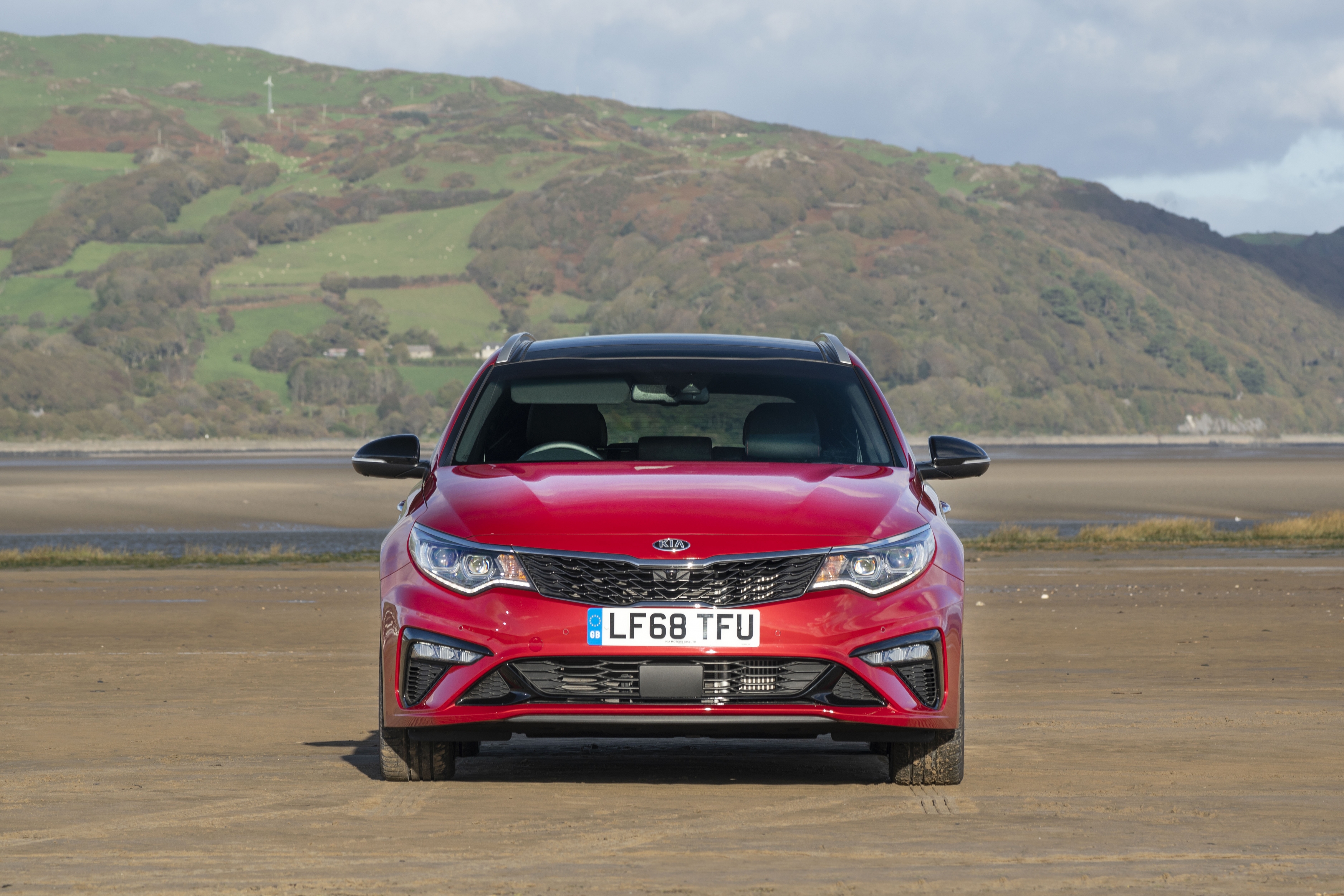
What’s under the bonnet?
As we’ve just mentioned, in-line with other Kia models in the range, the ancient 1.7-litre diesel unit has been axed and replaced with a much smoother 1.6-litre unit, which comes paired to a six-speed manual gearbox.
It lacks the power ideally needed for a car of this size, with just 134bhp on tap although it offers a decent shove of torque between 2000 and 3000rpm. Its 0-60mph sprint time of 10.8 seconds and top speed of 121mph are never going to worry competitors, but for relaxed and efficient driving, it’s enough in most scenarios.
Sadly, it’s the only diesel engine fitted to the range, although those wanting something petrol-powered have the option of the range-topping — and thirsty —GT model. A plug-in hybrid is also available.
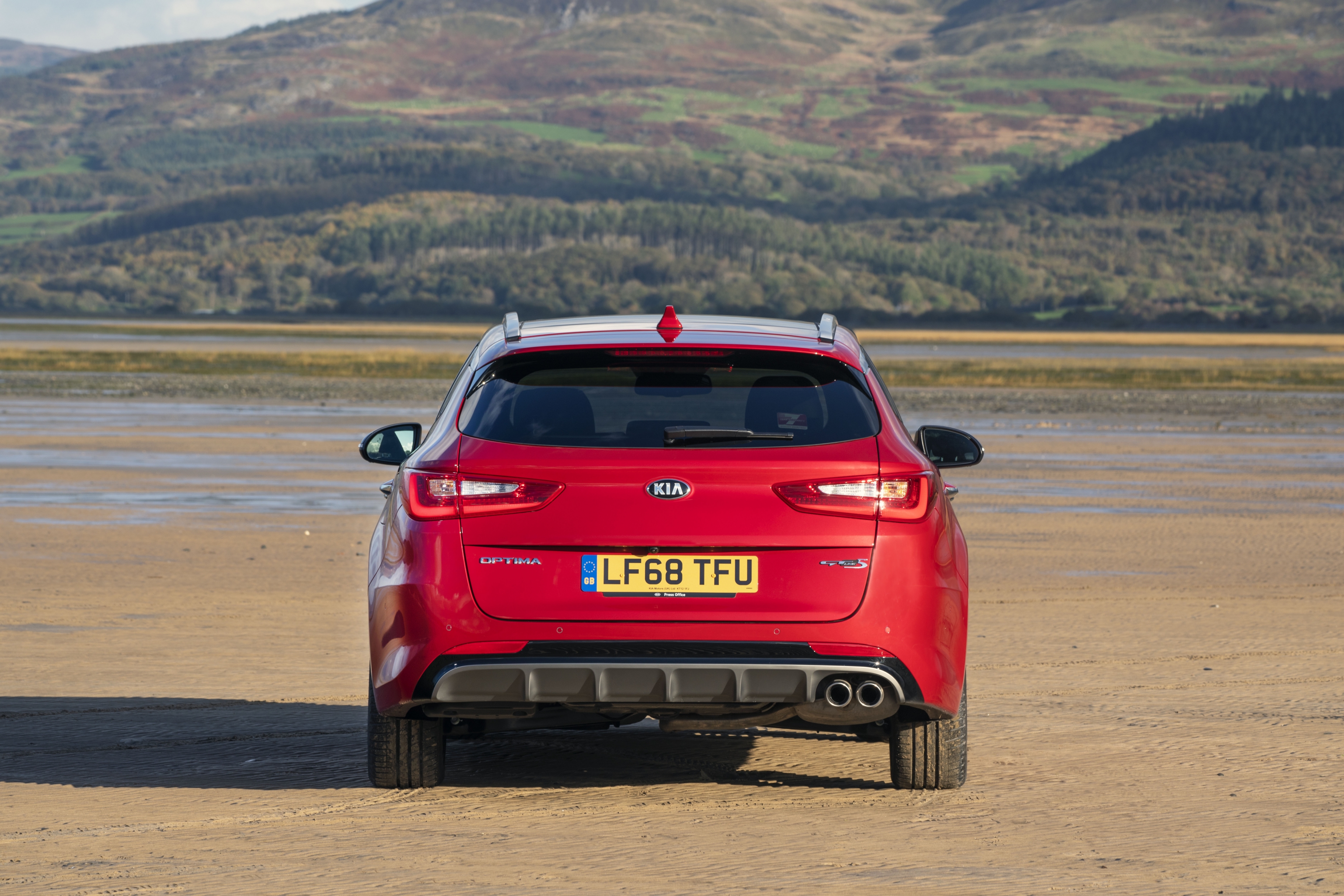
What’s it like to drive?
Anyone looking for a hint of sportiness from their estate or saloon is better off looking past the Optima. The driving experience is composed, with decent weight to the steering, although it provides very little in the way of feedback, which certainly isn’t helped by the rather uninspiring diesel engine.
But that said, what it loses in sporty prowess it makes up for with comfort and refinement. Even the 18-inch wheels fitted to our ‘3’ spec test car did little to harm the ride, which is comfortable both around town and on motorways. The larger wheels and revised suspension setup fitted to the GT-Line models will likely not provide such a plush ride. On the whole, refinement is solid, albeit the tyres create more wind noise than you expect from a big diesel estate.
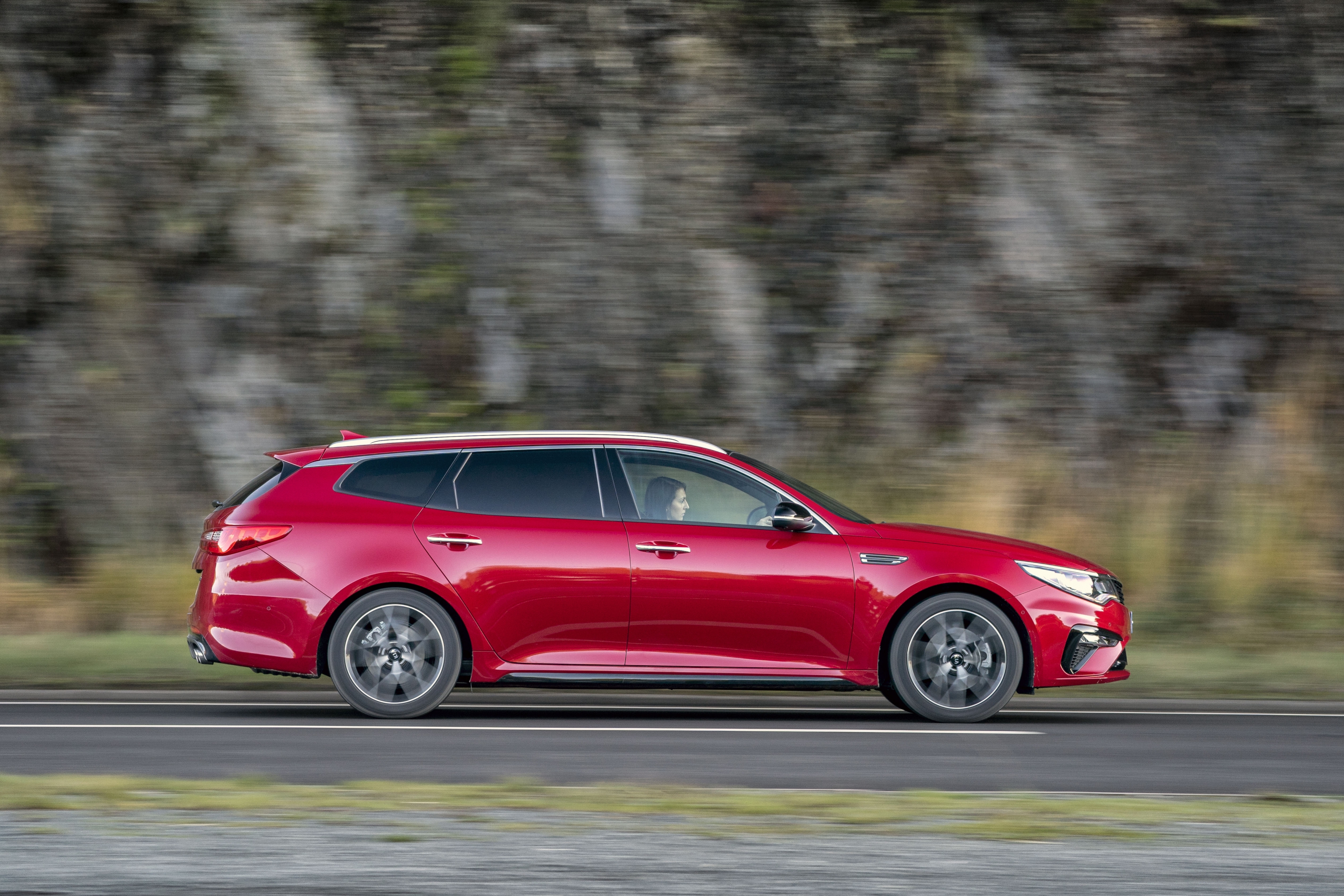
What does it look like?
With Peugeot’s dramatically-styled 508 SW estate recently adding a fair dollop of flair into the compact executive class, it’s safe to say that the Optima’s looks are somewhat unnoticeable. It’s a car you would walk past without paying a second thought to.
But in a day and age when cars seemed to be styled over-the-top just for the sake of it, it’s quite refreshing when a car is designed to be functional, without compromise.
New LED daytime running lights, further chrome accents around the exterior and a revised look to Kia’s trademark ‘Tiger Nose’ grille have undoubtedly all helped to lift the appearance of the Optima, compared to the last generation.
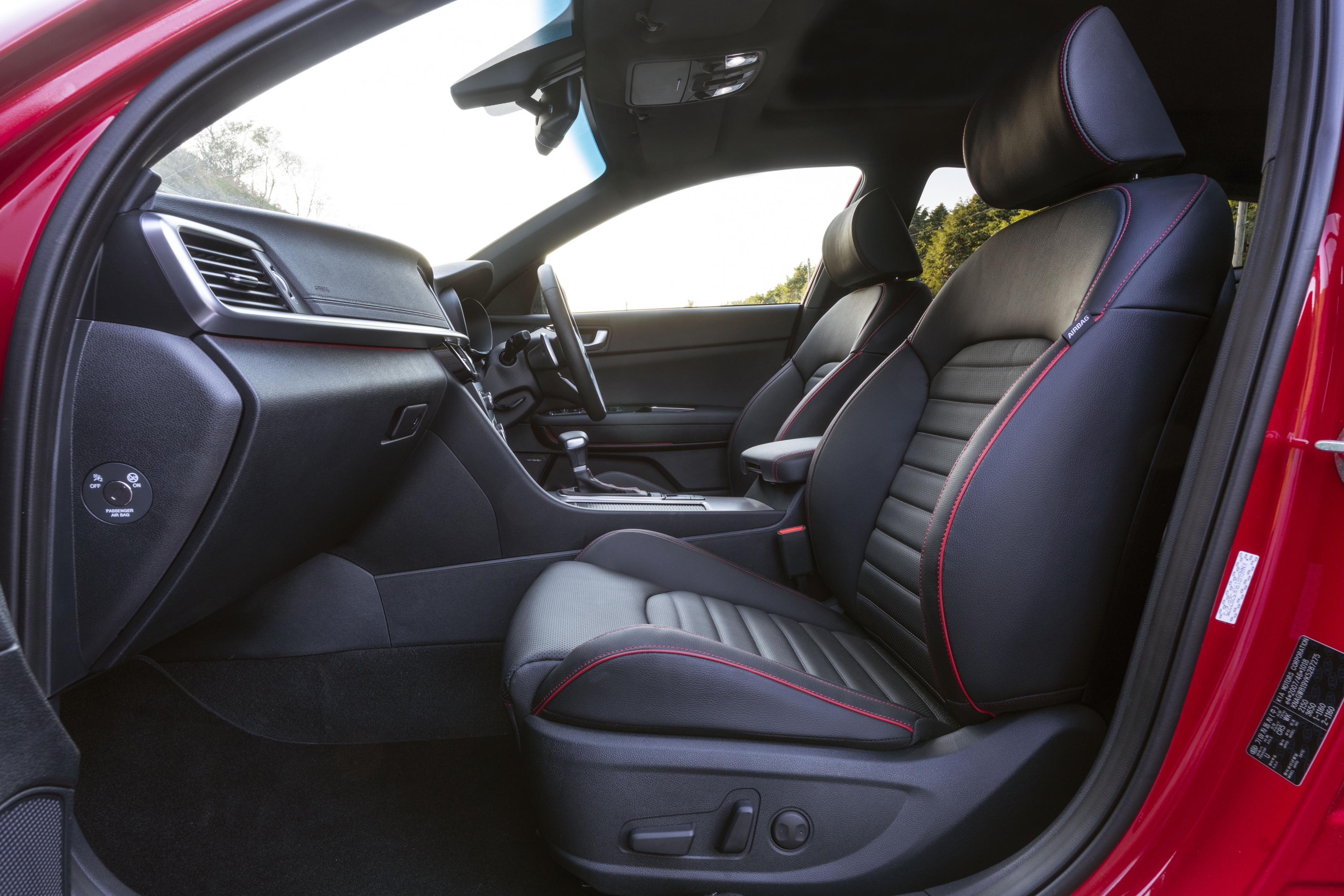
Interior and equipment
Kia interiors have improved dramatically in recent years, and the Optima is no exception.
A new eight-inch touchscreen (fitted to ‘3’ models upwards) sits pride of place in the centre of the dash – with all the niceties we’ve come to expect from an infotainment display – satellite navigation, DAB radio, Bluetooth and smartphone connectivity, as well as a reversing camera. It’s clear, easy to use and only controls what it needs to. A job well done, Kia.
Our test car came with luxuries such as heated leather seats, a heated steering wheel and more, with a heightened use of soft-touch plastics meaning that the Optima’s interior surprisingly feels and looks quite premium considering the price point.
But importantly for an estate – how practical is it? In a word, very. There’s bags of space in the rear, with enough legroom and headroom for even the tallest of adults, with a surprising amount of shoulder room, too. Little wonder then that the Optima has become a firm favourite with taxi drivers. The boot is also vast, and offers a huge 552 litres of space, as well as a handy storage system.
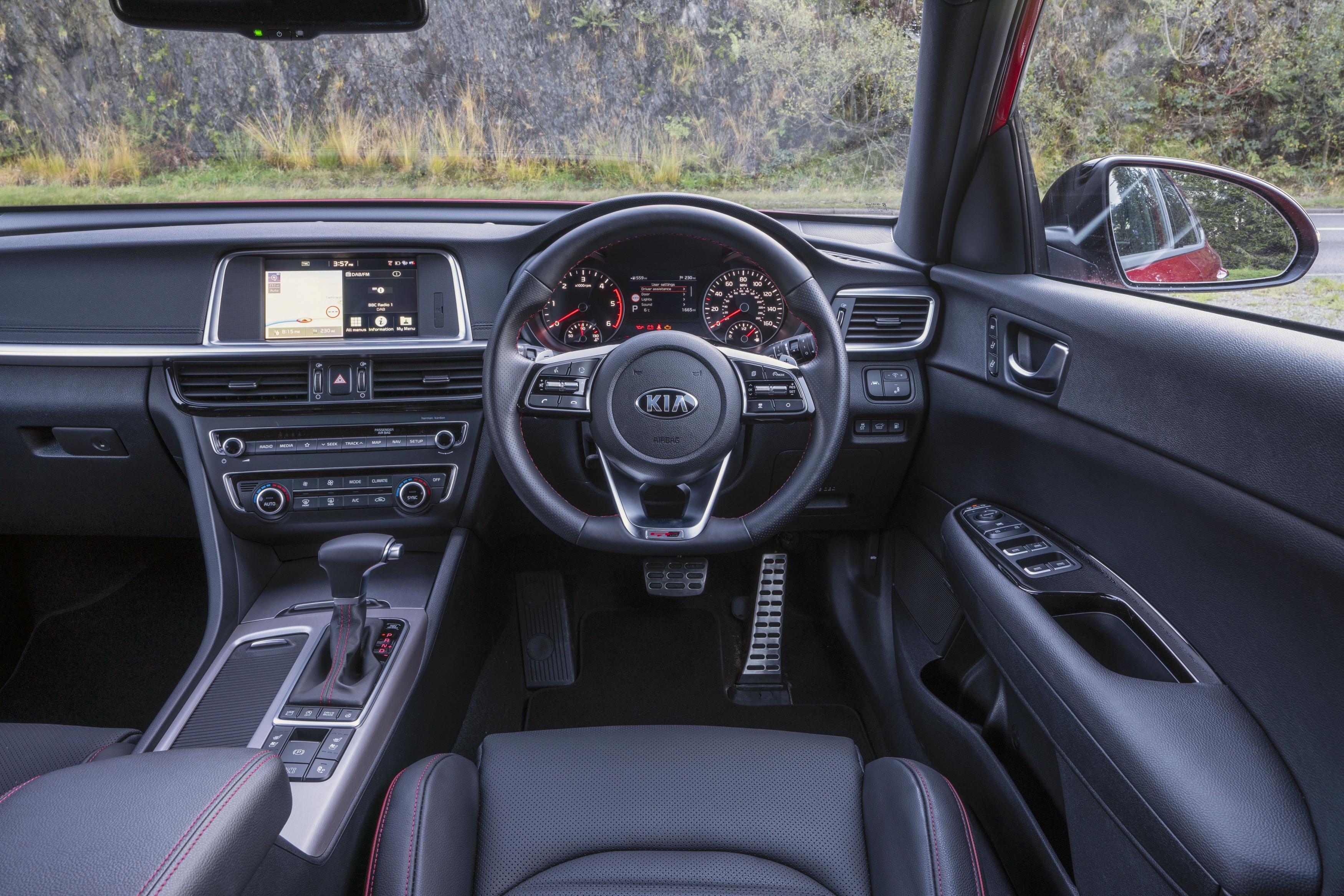
What’s the spec like?
While Kia has managed to move the Optima upmarket, it’s not been at the sacrifice of value for money. Entry-level Optimas start from £22,260 and come with a seven-inch touchscreen, cruise control and climate control.
Our mid-spec ‘3’ model came with an impressive amount of equipment for its £25,300 list price – including a heated steering wheel, electric leather seats with memory function and the aforementioned touchscreen to name but a few. Despite all its kit, it still came with halogen headlights, which just seemed a bit stingy of the South Korean manufacturer.
Flagship GT Line S models amend this with a full suite of LED lights, as well as a 360-degree camera, electric tailgate and adaptive cruise control.
It’s also worth adding that the Optima comes with Kia’s fantastic seven-year, 100,000-mile warranty.
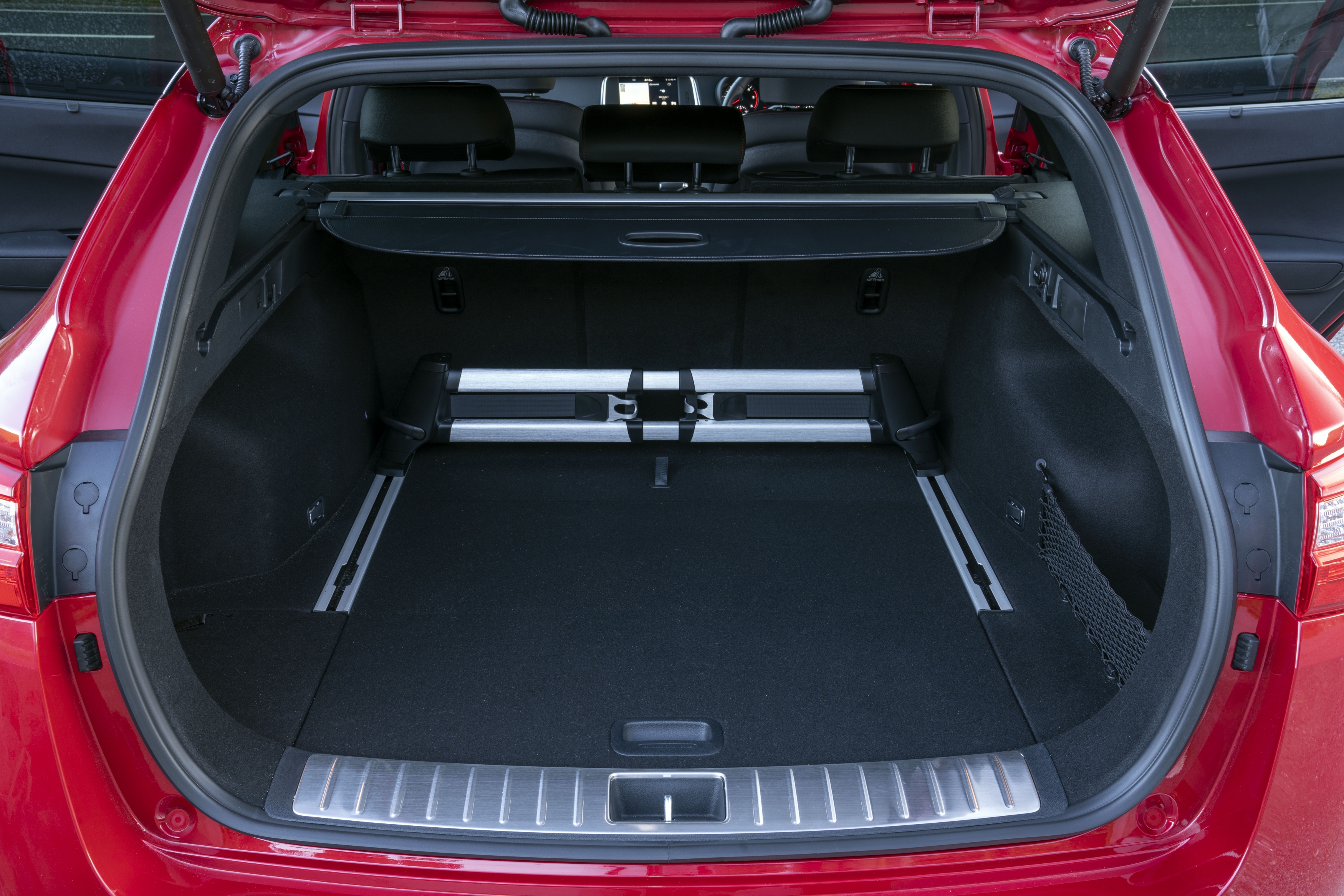
Verdict
The latest Optima is little more than a light refresh but the updated model has emphasised just what was great about the Optima in the first place.
It’s an honest car which doesn’t try to be anything it’s not. This might mean the driving experience can be lacklustre at times, and the interior design entirely unforgettable, but these are slight compromises worth paying if you are after an affordable, well-equipped and exceedingly practical family estate.





